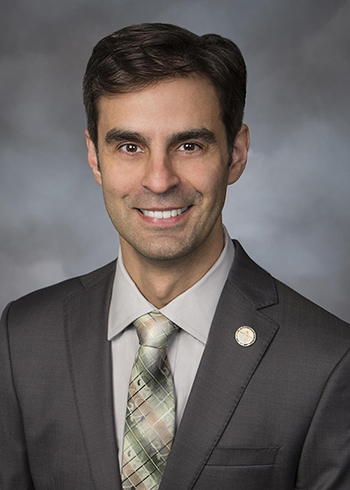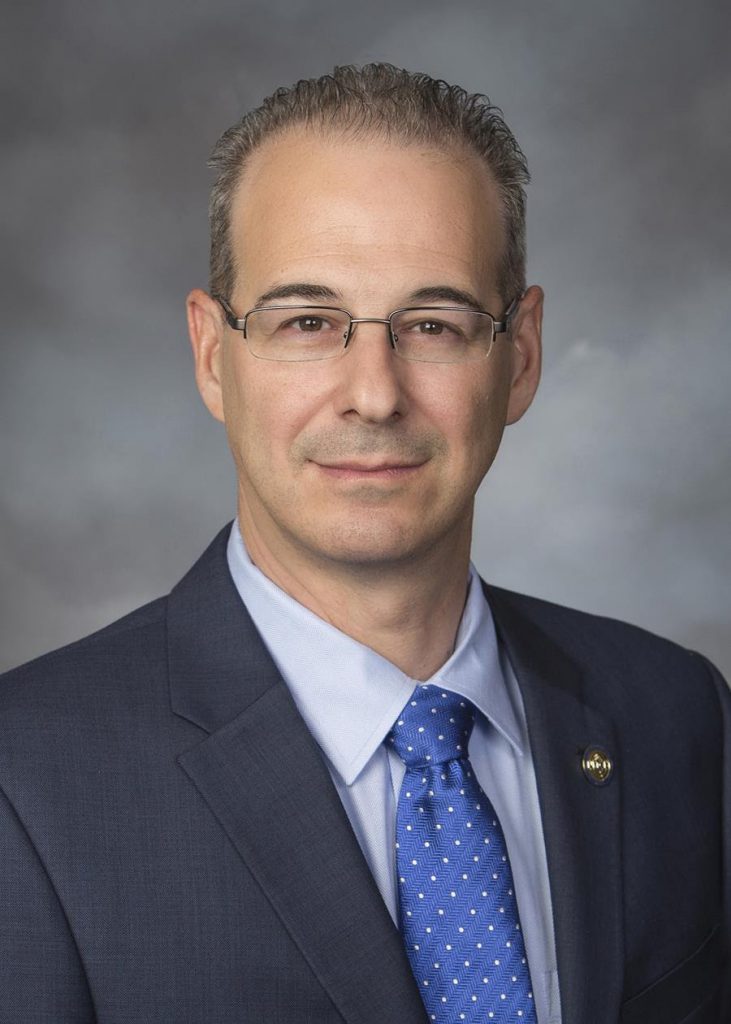For the first time since 2009, the National Air Traffic Controllers Association (NATCA) has a new president leading the Union that represents nearly 20,000 highly skilled air traffic controllers, engineers, and other aviation safety-related professionals.

Rich Santa, a veteran air traffic controller from Washington Air Route Traffic Control Center (ZDC), who has served on NATCA’s National Executive Board as Eastern Regional Vice President (RVP) since 2018, today becomes NATCA’s seventh president, taking over from Paul Rinaldi. Santa was elected by acclamation.
“I’m honored to have the privilege to lead NATCA as we continue our legacy of improving the status, professionalism, and working conditions of all air traffic controllers and other aviation safety professionals,” said Santa, who began his career as a controller at New York TRACON (N90) in 1997 before transferring to ZDC in 2001. “NATCA is a powerful voice – in the aviation industry, in the labor movement as a whole, and on Capitol Hill – and that is a testament to the passion and dedication of all of our activists. Our commitment to aviation safety and labor solidarity is unwavering.”
Santa has spent most of his career serving NATCA and its members, including four terms as ZDC local facility representative prior to being elected as the Eastern RVP. Additionally, Santa has served in many different labor relations, training, and information technology roles.

Also today, Andrew LeBovidge, a veteran air traffic controller from Houston Air Route Traffic Control Center (ZHU), who has served as Southwest RVP since 2015, becomes NATCA’s eighth executive vice president, taking over from Trish Gilbert. LeBovidge started his air traffic control career at ZHU in 1992. He has served as a representative for NATCA in various local, regional, and national roles since 1998.
“I am honored and excited to continue to serve our great Union in this new role,” LeBovidge said. “NATCA’s strengths have always been the talents of our members and our solidarity. I am certain that together we will continue to protect and strengthen our professions, our working conditions, and the safety of the National Airspace System.”


